More and more landlords are setting up limited companies to buy and manage buy-to-let properties.
Data from Companies House show 47,400 new buy-to-let companies set up in 2021, a 14% rise from the year before.
This is primarily due to changes in the buy-to-let mortgage relief landlords face, which started in 2017 and made it less appealing for self-employed landlords to invest in buy-to-let.
As with any investment, buying-to-let has its pros and cons. Here’s what you should consider.
Changes to buying-to-let tax
Previously, landlords could deduct 100% of their mortgage interest from rental income when paying tax.
However, the Government replaced this relief with a 20% tax credit in 2020, meaning many landlords can reduce their tax bills by starting a limited company and paying corporation tax instead of income tax.
For example, if a landlord takes £950 per month of rental income and makes mortgage interest payments of £600 per month, they’ll pay tax on the full £11,400 rental income they earn, and they’ll pay £7,200 in mortgage interest.
With that in mind, there are still benefits and drawbacks to investing in buying-to-let properties.
Pros of buy-to-let
One of the most significant advantages of investing in buy-to-let is widening your property portfolio. House prices fluctuate so that property can be an excellent long-term investment.
If you have owned the property for more than ten years, the price will generally appreciate over time while you still receive rent payments from your tenants.
And, even though there are changes in tax relief to consider, you can still look to cover your mortgage repayments with the rent you’re receiving.
By taking advantage of low buy-to-let mortgage rates, you can increase your profit as you’ll have lower monthly payments, so even after your tax payments, you’ll have a fair amount of money left over for yourself.
You have to pay any income above £1,000 from letting a property personally, but there are expenses you can offset against the amount you pay tax on.
Council tax and bills, maintenance and repair costs and letting agents fees can be offset.
As mentioned above, you can get a 20% reduction of your tax bill at the basic rate of income tax or 20% of your profits or total income once your personal allowance is deducted if they’re lower. If you’re a higher-rate taxpayer, you’ll pay more.
Cons of buy-to-let
If your property is empty, you’ll be landed with paying the mortgage fees without the rental income. When a property is vacant for more than two years, you’ll be liable to pay a higher rate of council tax, with rates varying depending on the local council.
Since April 2016, landlords buying additional property have to pay an extra 3% stamp duty land tax on top of the usual rates, which applies to buy-to-let property.
With an empty property, you’ll have no one there in case things go wrong, meaning you’ll have to dedicate a lot of time to managing the property.
If the time comes when you want to sell the property, you’ll be liable to pay capital gains tax (CGT) on any profits you make. You can make up to £12,300 a year before CGT applies, but after that, you’ll pay 18% if you’re a basic-rate taxpayer or 28% if you’re a higher-rate taxpayer.
There are a lot of costs to consider when it comes to investing in buy-to-let properties. If you need advice on whether it’s a sound investment, get in touch with the team at Almar BSL.







